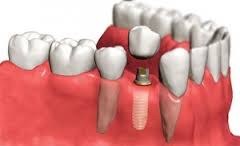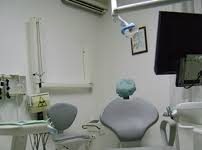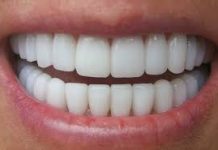Mini implants dental.
The technology related to dental implantation has been developed a lot over the past ten years, and today classical dental implants are not the unique solution.
Dental implantation is a cutting-edge technology to replace one or more missing teeth, and it is particularly useful for patients who lack all teeth. Its main characteristic lies in the fact that the implant is a screw of a biocompatible material (titanium or zirconium) which is inserted into the gum; once inside it fuses with the bone and creates a stable support for each type of prosthesis, becoming a real dental root.
With All-on-4 and All-on-6 dental implants, edentulous patients can have a complete fixed or removable denture both in the upper and in the lower jaw, instead of the traditional denture, that can be unstable and uncomfortable.
Dental implants available are of different sizes, standard implants are 3.7mm in diameter or greater, hybrid implants are 3.0-3.7mm, and mini implants are less than 3.0mm in diameter. This difference makes possible to choose the most suitable implant for each patient.
Mini implants were originally used as temporary implants, but because the bones grew around them, they were difficult to remove. Today, mini implants are used as conventional dental implants and instead of them, for patients that don’t want or can’t receive the standard procedure.
Mini implants are used for patients who do not want to undergo the long procedure required for normal implants, or for patients who do not have enough bone tissue available. Mini implants are usually applied to substitute small teeth, front teeth, pre-molars or teeth located in a narrow area.
The procedure is quite different than the normal one, and so is the structure of the mini-implants.
Mini denture implants.
Mini dental implants are titanium post with a ball on the top and a socket with a rubber O-ring that attaches the tooth to the post; they can be applied in only one visit using local anaesthesia and without any sutures.
With the assistance of diagnostic imaging tools, the dentist marks the proper locations for the implants on the patient’s alveolar ridge and then uses a pilot drill to create a small hole in the tissue. The implants are then inserted into the pilot holes, and the prosthesis is attached to them.
With mini implants, the patient regains his teeth in just one day.
In some cases, if the patient needs a complete denture, it is also possible to rearrange his/her existing denture if it is in good condition.
Mini dental implants.
The success rate of mini implants is very similar to that of conventional implants, and they cost less. This technology is likely to be fitting for almost all patients, but only the dentist or the orthodontist can decide which procedure is better for each





